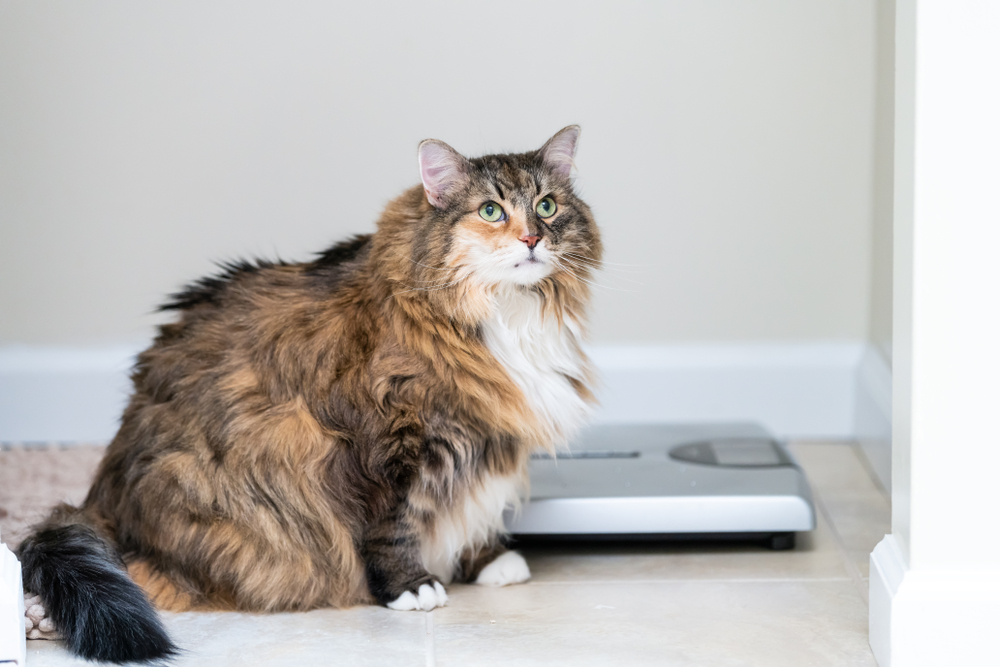Osteoarthritis (OA) is a degenerative disease that affects a lot of cats, especially as they reach their senior years. In fact, as many as 90 percent of felines over the age of 12 will deal with this progressive disease. Osteoarthritis in cats develops when joint tissues become worn and force bones to rub together. Not only does this affect movement, but it also causes significant pain. Without pain management, OA can drastically decrease your cat’s quality of life. With new advancements in pain management and a dedicated veterinary team to partner with, OA does not have to restrict your cat’s movements.
Diagnosing Osteoarthritis in Cats
Cats are biologically wired to minimize signs of weakness, which includes when they feel pain. Because of this, it can be extremely hard to spot when your cat isn’t feeling their best. Annual wellness exams (biannual for seniors) enable your veterinary team to compare your cat’s current condition to their established health baseline. This gives you and your veterinary partner a great opportunity to spot any issues early. Immediate action can help minimize OA pain for your cat.
You can also look for signs your cat might be in pain at home. These include:
- Changes in eating or drinking behavior
- Changes to litter box habits
- Withdrawing more from social interaction with humans or other animals
- Favoring a certain leg or paw
Whenever you notice any changes in your cat’s behavior, you should call your vet.
Minimizing the Impact of Osteoarthritis for Cats at Home
A few simple changes can make your home more comfortable for cats suffering from OA.
- After diagnosis, you might want to invest in raised food and water bowls.
- Place some stairs or a stool next to your cat’s favorite spots for perching so he doesn’t have to strain to get up.
- Cats with OA should remain indoors because the condition makes them vulnerable to predators outside.
- Make sure your cat is at a healthy weight to avoid unnecessary strain on joints.
- Carpet is softer on joints, so you might want to invest in a few comfy rugs (or a stair runner) to help your cat.
Pain Management for Osteoarthritis in Cats
Veterinarians often use a multi-modal approach to tackle pain in pets. Options like laser therapy, shockwave therapy, physical rehabilitation, acupuncture, and chiropractic care are just a few of the pain management options with proven results. Talk to your veterinarian about the best pain management options for your cat’s OA.
Solensia for Osteoarthritis
A combination of medication like Solensia and pain management helps cats with OA enjoy a better quality of life. Solensia is a monthly injection that your veterinarian can administer to help decrease pain. As of now, it is the only OA pain medication with FDA approval. The medication mimics your cat’s natural antibodies to target pain. While osteoarthritis in cats is not curable, veterinarians are seeing a lot of success with pain management from Solensia.
At Union Lake Veterinary Hospital, we work diligently to give your pets the veterinary care they need for their specific ailments. From pain management to dental care, we are here for you and your pets. To learn more about our services or to schedule an appointment with our compassionate team, please call (248) 363-1508.

